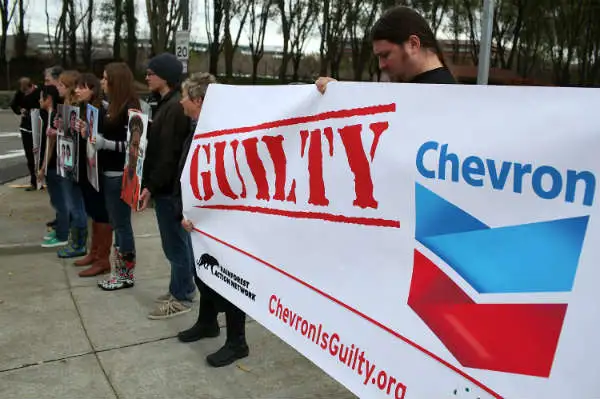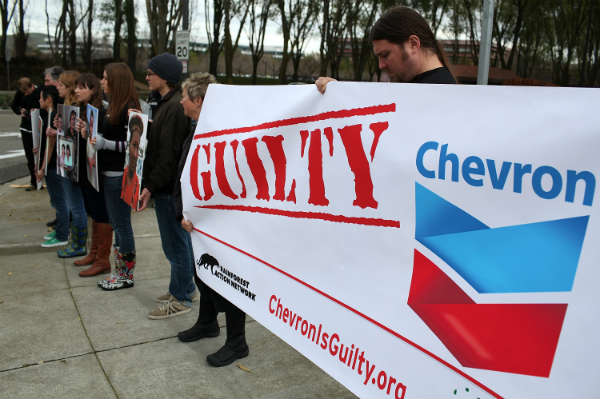A U.S. jury has ordered oil giant Chevron to pay more than $744 million for severe environmental damage caused by its subsidiary Texaco in a Louisiana wetlands area. The amount includes compensation for widespread degradation, pollution and abandoned infrastructure. The charges were brought by Plaquemines County, which argued that the damaged wetlands in the Pointe à la Hache area played a critical role in protecting the coastline and mitigating the effects of climate change. The fossil fuel giant has contested the decision and announced an appeal, arguing that there were “numerous errors of justice that led to the verdict.” This case is only the first of 42 similar lawsuits that could cost the company billions of dollars.
According to the prosecution, oil and gas extraction projects conducted by the Texaco brand, owned by Chevron, violated state regulations on coastal resources. The alleged activities included digging canals, drilling wells and dumping massive amounts of wastewater into the wetlands. These practices allegedly accelerated coastal erosion and compromised the wetlands’ natural ability to protect the land from hurricanes. The jury awarded Plaquemines County, which filed the lawsuit in 2013, initially seeking $2.6 billion, various amounts of damages: $575 million for land loss, $161 million for contamination and $8.6 million for abandoned industrial equipment. The county specifically cited a 1978 state law that requires oil companies to restore used land to a “most nearly original” condition after their operations. But Chevron, which has never lifted a finger when it comes to ecological restoration and cleanup, challenged the ruling because the alleged activities predate the law.
The activities that affected the ecosystems in question were started by the Texaco company, purchased in 2001 by Chevron for the record sum of over 38 billion dollars. However, the legal procedure was started 12 years later, which is why the multinational based in California is now answerable. In any case, the story once again highlights the carelessness and negligence typical of the fossil industry at the expense of the natural environment and public health. According to data from the US Geological Survey, from 1932 to 2016, Louisiana lost approximately 4,833 square kilometers of coastal territory, which is equivalent to a reduction of 25%. The main causes would also be attributable to the construction of canals to facilitate transport to and from oil platforms, which over time has altered the natural flows of water and favored the intrusion of salt water during storms. Meanwhile, the Louisiana Coastal Protection and Restoration Authority warns that the state could lose another 3,000 square miles of coastal territory over the next 50 years. The Chevron case could now pave the way for new rulings and out-of-court settlements with other companies involved in pending lawsuits.
References:

